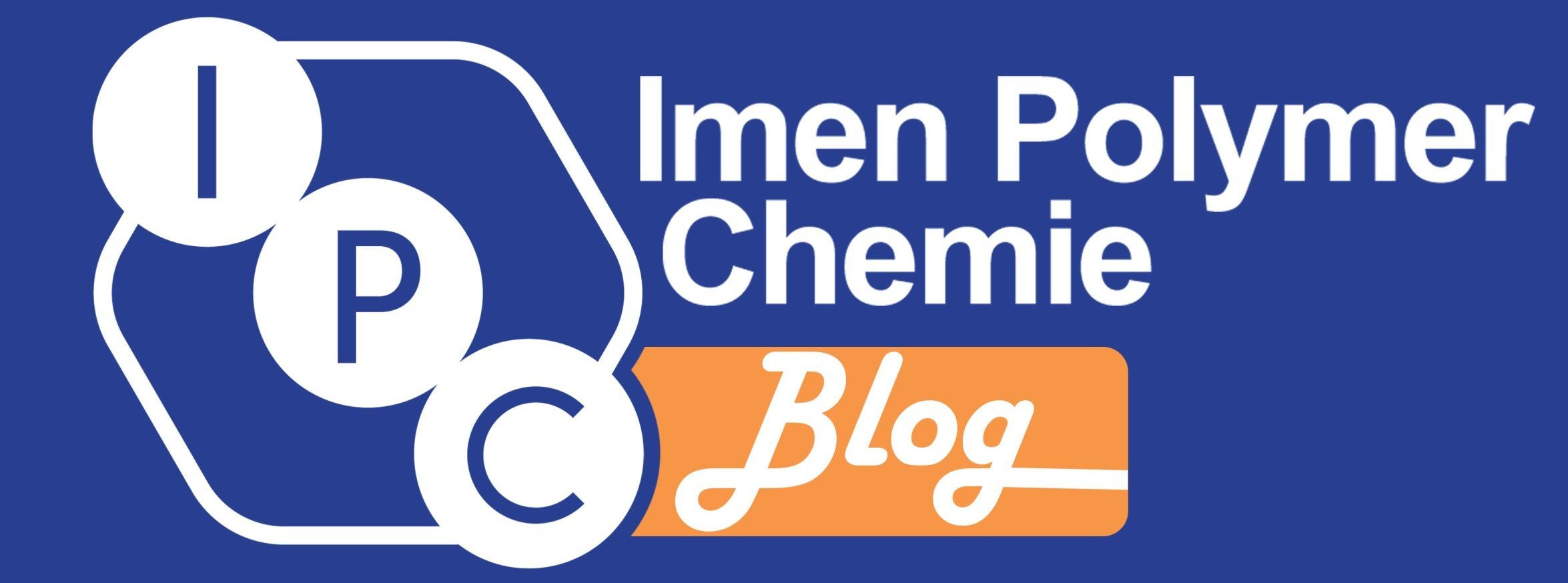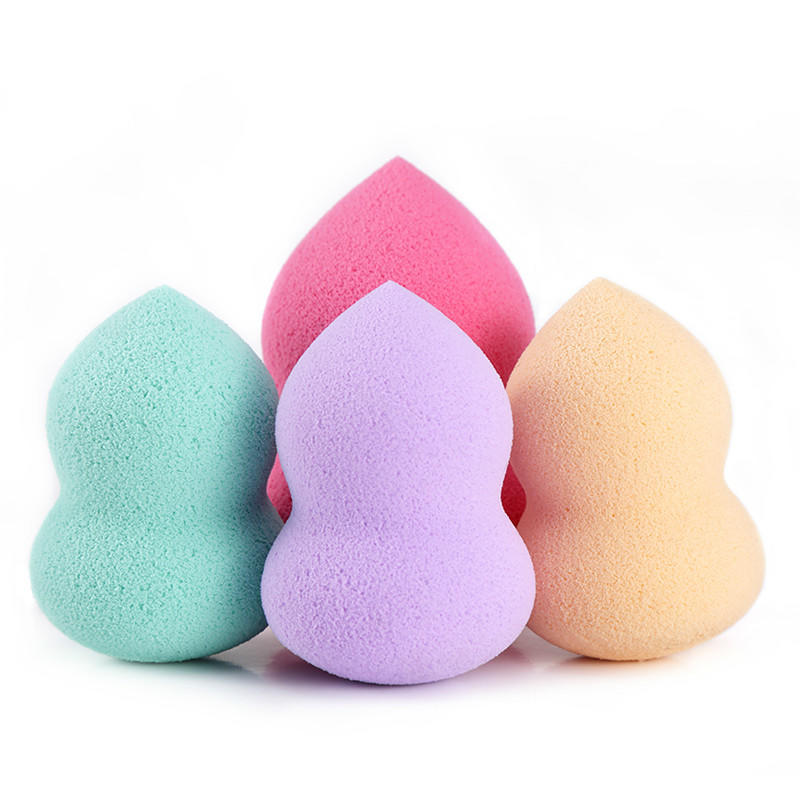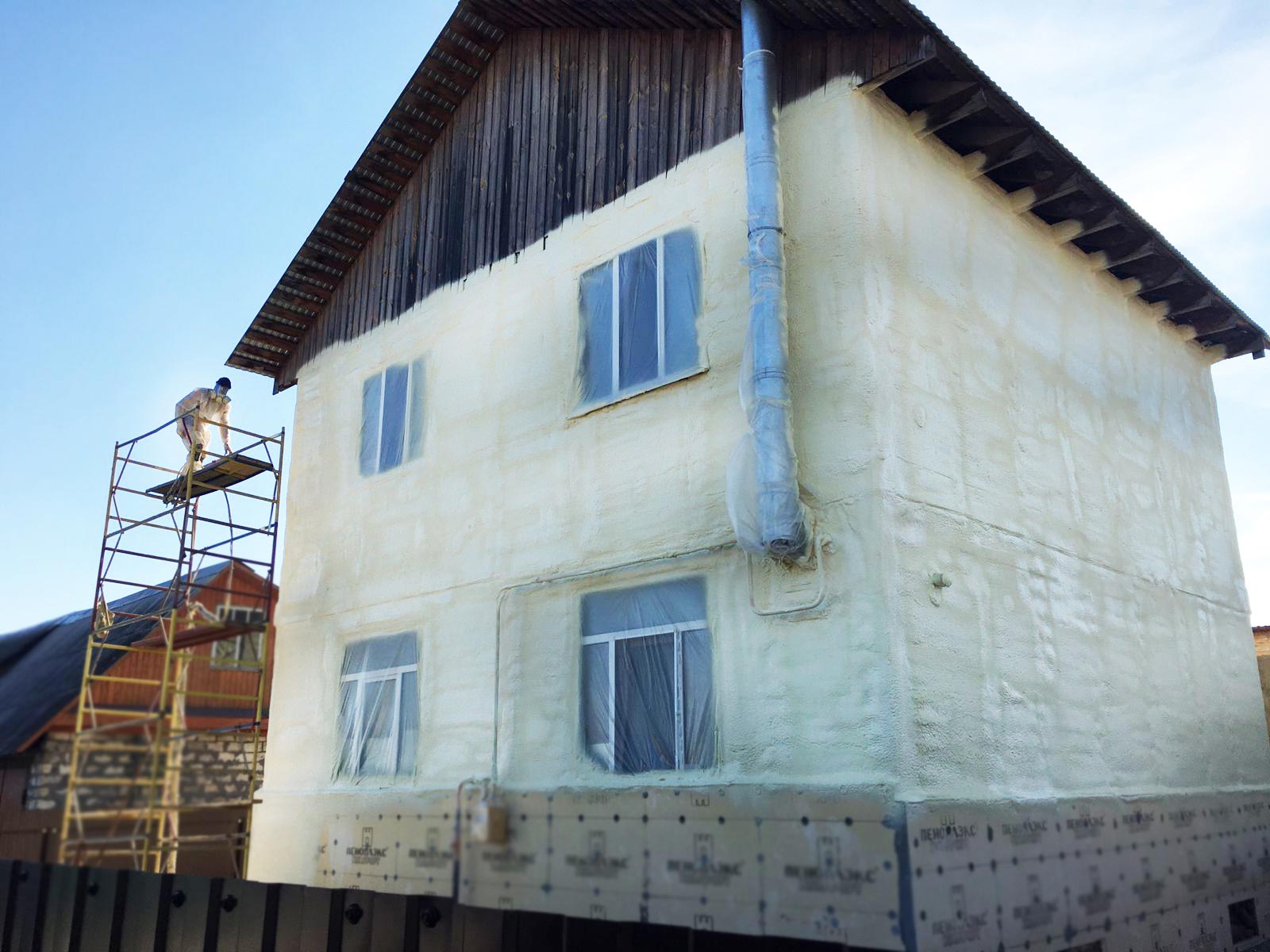Table of contents
Cosmetic foams, also known as cosmetic foam blender or egg sponge, it is perfect for subtly applying, blending and removing makeup. Plus, these hypoallergenic sponges are latex-free and skin-friendly, suitable for professional salon applications and consumer products for home use!
There are different kinds of material to produce beauty sponge such as latex (NR, SBR, NBR), silicones and polyurethanes; but, the most common beauty sponge available in the market are made from hydrophilic polyurethane and is latex-free. The Sponge is super soft and exhibit bouncy.
It has to be mentioned that latex, SBR or NBR made, cause skin irritation, allergies, etc. they have less quality as a result they are super cheap.
Because the material of the beauty egg is sponge after all, and there are gaps in it, if it is not cleaned after applying makeup, the residual cosmetics and the mixed environment will easily allow the beauty egg to breed bacteria, so after applying makeup, it is also necessary to clean the beauty egg, put it in a clean and ventilated place to dry.
The beauty egg is to let it absorb water first, after swelling, squeeze out the excess water, but remember not to twist like a towel, the small beauty egg can withstand a few twists an easily deformed, so there is no need to use too much force. However, polyurethane foams exhibit better tear strength compered to SBR or NR foam which easily torn when pressed with finger.
Features of polyurethane cosmetic foam
- Antibacterial blender keeps your skin cleaner and prettier by preventing bacteria growth
- Sets your makeup in the softest, most effortless way
- Superior softness for an ultra-soothing application experience
- Safe, Non-toxic dyes and non-latex material for sensitive skin
- Built to last, the cosmetic foam and egg sponge can also be washed and reused.
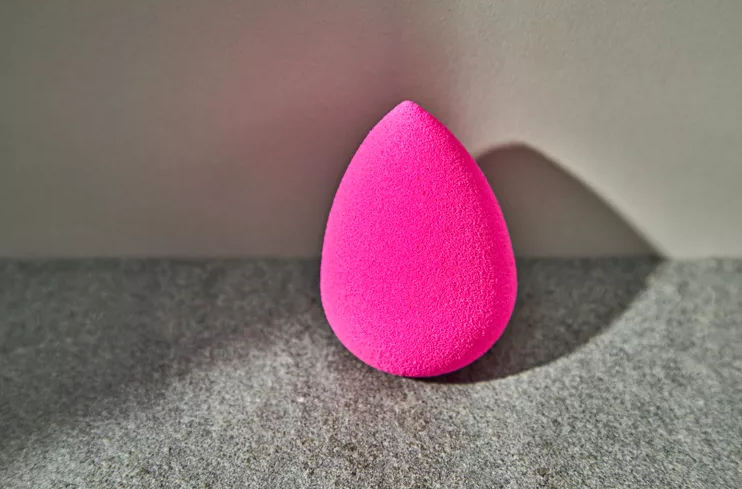
Correlation between cellular structure and property
Generally, a polyurethane material obtained by foaming and curing has a closed cell structure or a semi-open cell structure. When the polyurethane material has a closed cell structure, the cells in the polyurethane are closed, and thus the foam material is not easily impregnated with the low-viscosity emulsified cosmetic composition. Therefore, a polyurethane material having an open cell structure is preferable.
However, highly opened-cell structure absorbs too much low-viscosity cosmetic and supplies an excessive volume of cosmetic to the skin which is undesired of course. On the other side, three-dimensional net structure peculiar to urethane foam, cannot completely prevent the penetration of cosmetic liquid, even if it is compressed to the maximum (about 90%). During prolonged use, cosmetics will penetrate inside requiring the applicator to be discarded.
Further, when the puff is washed, the water absorbed therein is not easily dried providing a location for mold or bacteria.
when the urethane foam has a closed cell structure, they are not easily impregnated with the low-viscosity emulsified cosmetic composition.
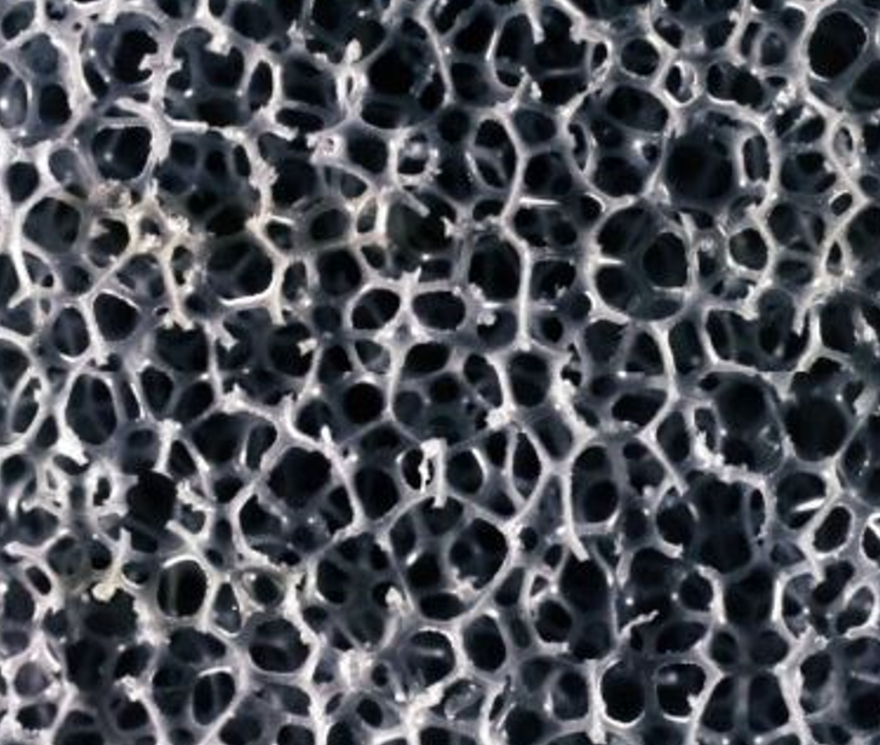
Polyether or polyester based cosmetic sponge
The polyurethane material may be classified into a polyester type polyurethane material and a polyether type polyurethane material. However, polyester-based urethane foam tends to collapse well in a humid environment, and has a small cell structure and low air permeability, so that it has low softness, flexibility, and a cosmetic composition. In particular, it is not suitable for impregnating a liquid cosmetic composition. Further, polyether-based urethane foam has higher cost efficiency as compared to polyester-based urethane foam.
The polyether type polyurethane material has a larger honeycomb structure than the polyester type polyurethane material, and thus has improved air permeability, soft touch, flexibility and elasticity. Generally, polyether-based urethane foam is more resistant against humidity as compared to polyester-based urethane foam, and thus shows low brittleness and high stability even under a high-humidity condition. In other words, the polyurethane material exhibits low elasticity, is uncomfortable to use, and is difficult to control the fluidity of the cosmetic composition.
